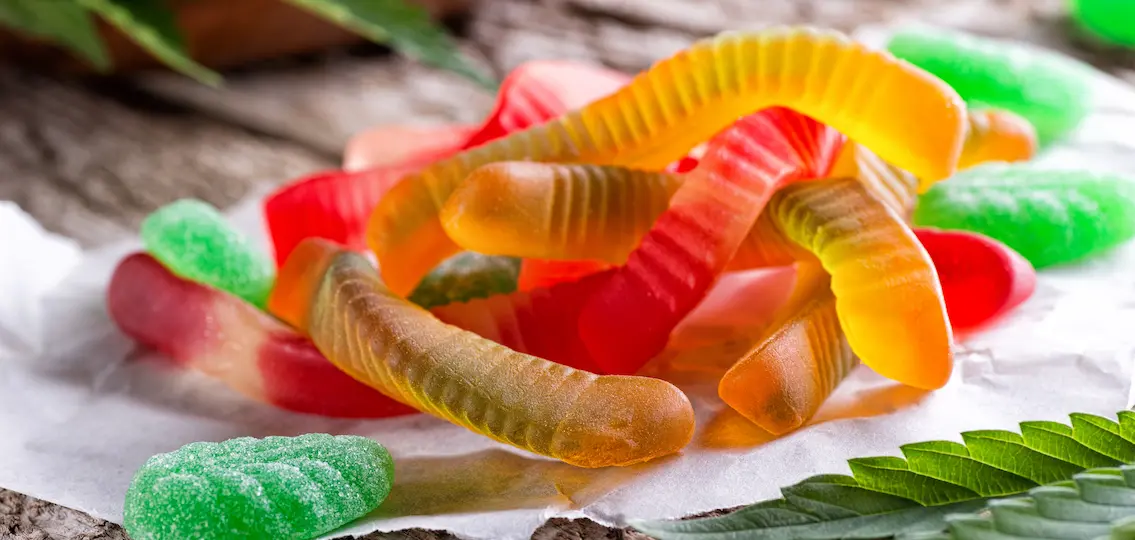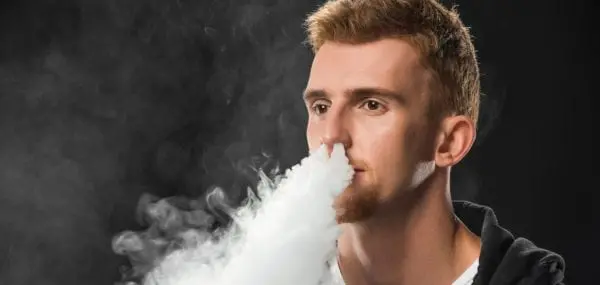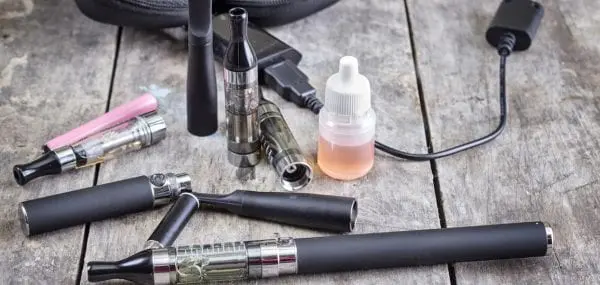When your teenager heads to 7-Eleven for a candy bar or soda after school, do you worry? Are you worried that she’s picking up a pack of M&Ms with too much sugar or a soda with too much caffeine? Probably not.
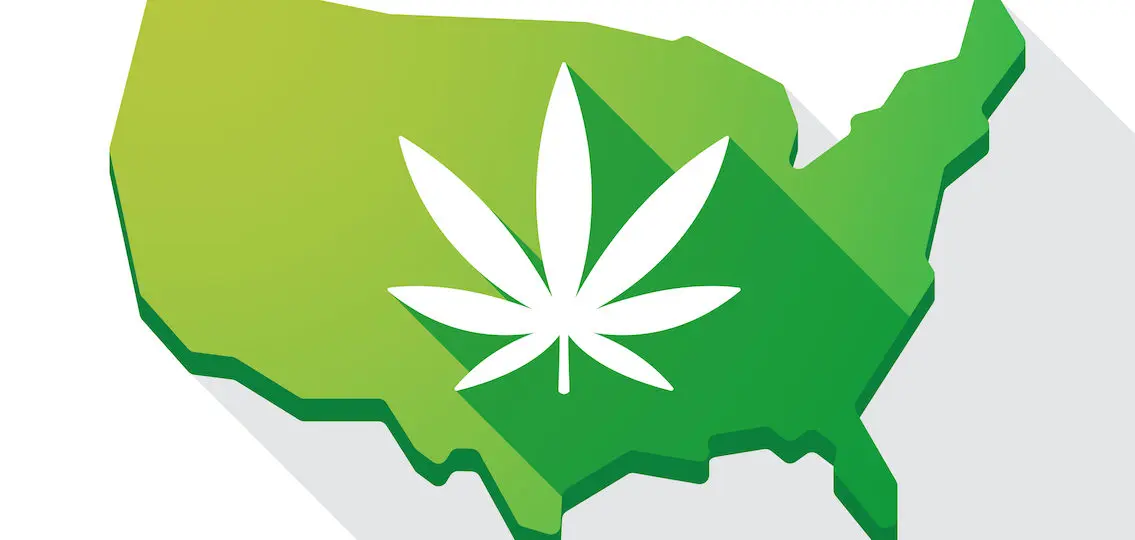
But what if one of those after-school snacks contained something stronger? What if those snacks were made with THC, the active ingredient in marijuana?
Edible Marijuana Candies?
With the legalization of recreational marijuana in Colorado and Washington State—and a total of 33 states that have legalized medical marijuana in recent months—it’s a topic that has moved to the forefront of the drug conversation. For those who don’t want to smoke a joint, there are sweeter options. Ones that resemble baked goods, chocolate bars, hard candies, gummy worms, even soft drinks.
These THC-laced treats are illegal for anyone under the age of 21, but that’s not stopping teenagers from using them. And manufacturers design them to appeal to teenagers. Take Strawberry Cough Crunch, a bright pink strawberry flavored candy bar with 100 mg of THC. Or the glittery Wana Jewels, a package of 20 hard candies with 5 mg of THC a piece. Though the amount of THC in smoked marijuana varies, a typical joint has around 70 mg of THC, according to estimates by Boulder-based Cheeba Chews, which also makes edibles with THC.
Danger: Accidental Consumption
Meanwhile, these products look so much like “regular” snack foods that teenagers and children may not realize what they’re eating. Take the 4:20 Bar, produced by the Venice Cookie Company. It’s a milk chocolate home for 120 mg of THC. Recently, a mother received a phone call from a hospital which admitted her 21-year-old son after he had mistaken the drug-laced snack for a sweet treat. Hospital admissions for unintentional marijuana ingestion are rising for children and adolescents in places like Colorado, according to a recent report in JAMA Pediatrics.
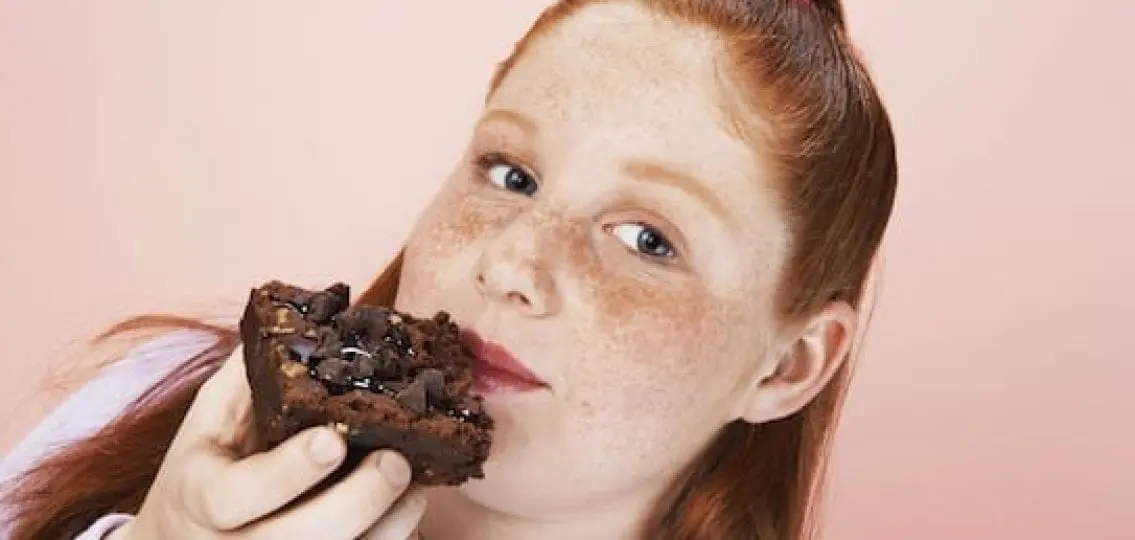
What to Tell Your Teen
What to do? Include THC-laced snacks in the same conversation as drugs and alcohol. Remind your teenager that it’s illegal to use these products until they turn 21 (and then only in states where marijuana is legal). What’s more, just because they’re legal for adults doesn’t mean they’re safe for teenagers, whose brains are still developing. All evidence points to the contrary and even the brightest packaging will not change that fact.
